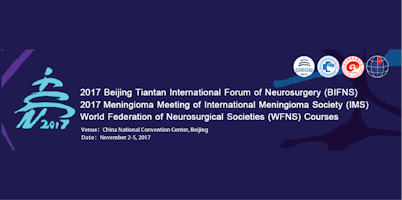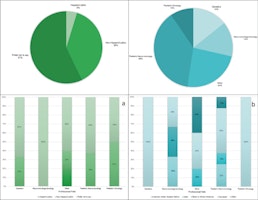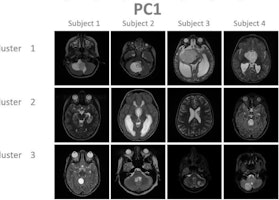Phillip Jay Storm
Philadelphia, PA USA
Children’s Hospital of Philadelphia

About
Chief of the Division of Neurosurgery
Children's Hospital of Philadelphia
I am chief of the Division of Neurosurgery at The Children’s Hospital of Philadelphia and an attending neurosurgeon specializing in pediatric brain tumors. I operate on every type of brain tumor, but I have a particular interest in low-grade gliomas, medulloblastomas and atypical teratoid rhabdoid tumors (AT/RT) as well as skull-base tumors such as acoustic neuromas, craniopharyngiomas, and large ependymomas in cerebellopontine angle. With my otolaryngologist colleagues I am also developing an endonasal skull base program at CHOP.
It is my privilege to partner with The Children’s Hospital of Philadelphia Research Institute, which is at the forefront of pediatric genetic research. Here we are working to develop new treatments that one day will help thousands of children with brain tumors. Currently, tissue from every brain tumor we treat is sent to the laboratory for sequencing to detect genetic abnormalities. Tumors that look identical under the microscope may in fact have significant genetic variations, explaining why one tumor may respond well to chemotherapy and radiation, and another may not. Our goal is to personalize the post-operative chemotherapy and radiation regimen by specifically targeting the treatment based on the genetic abnormality.
At CHOP we are also conducting research into the cell signaling mechanisms of brain tumors and are supported by several competitive grants including the NIH. Once we have identified an abnormality in the DNA code, the challenge is to then figure out how that abnormality translates into a functional abnormality. Once we understand that we have a new potential tumor target.
An example: we have recently found that the B-Raf gene is altered in many low- and high-grade gliomas in children. B-Raf is the same gene that is often abnormal in melanoma. Now we are collaborating with pharmaceutical companies who have already developed promising melanoma drugs and we have begun applying these medicines to our brain tumor specimens. If it turns out that a brain tumor with a B-Raf mutation behaves in the same way as melanoma, we could have an effective new treatment in the next few years.
There are countless reasons patients come to CHOP first for the best care. It is important for brain tumor patients to have their surgery at CHOP because we are currently unable to enroll tumors resected elsewhere into our genetic sequencing protocol. Without the genetic information not all the benefits of our groundbreaking research and experience would be available to the patient.
Ultimately, surgery is not the answer. We can take the tumor out but the biology of most of these tumors is such that they will come back. A cure for brain tumors lies in better understanding of their biology so we can develop more effective post-operative treatments to prevent them from recurring.
The collaborative spirit at CHOP is remarkable. Working with the basic science and tumor research teams, with access to the most advanced technology, we are now on an exciting precipice, poised for exponential growth in the near future. Hopefully in the next decade or two the new discoveries and therapies will put me out of the tumor business - which is really the ultimate goal.

Children’s Hospital of Philadelphia








